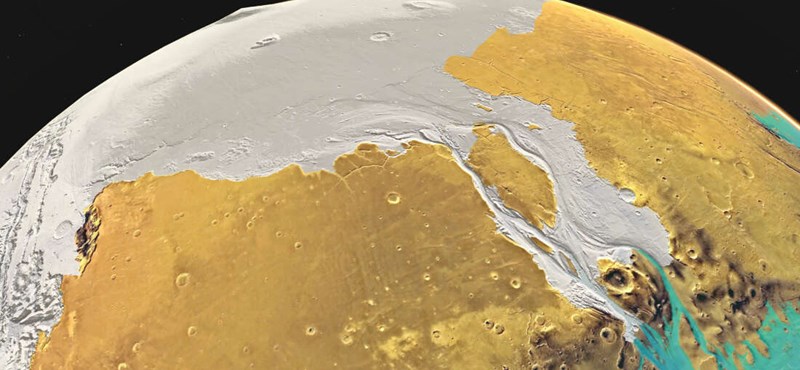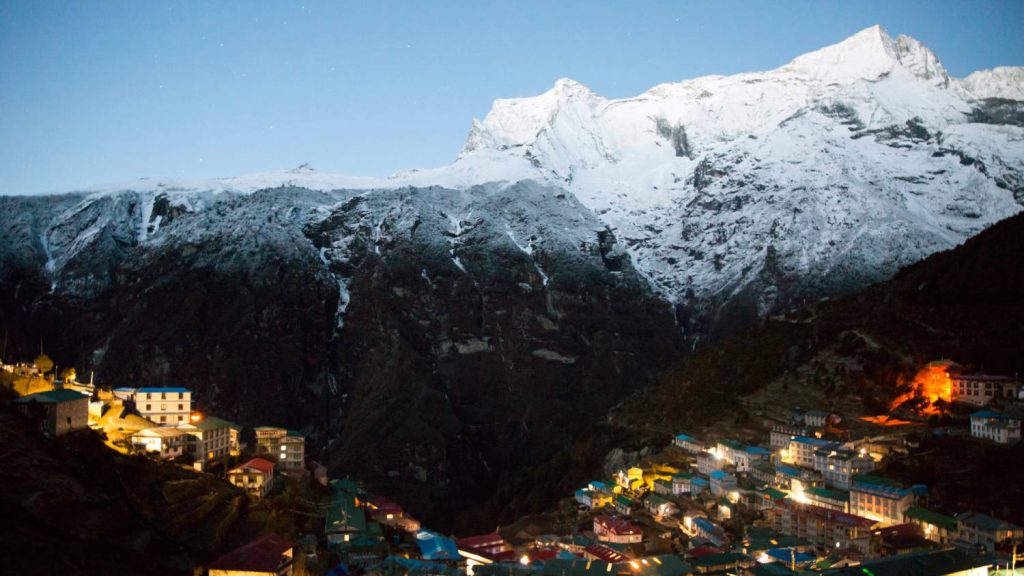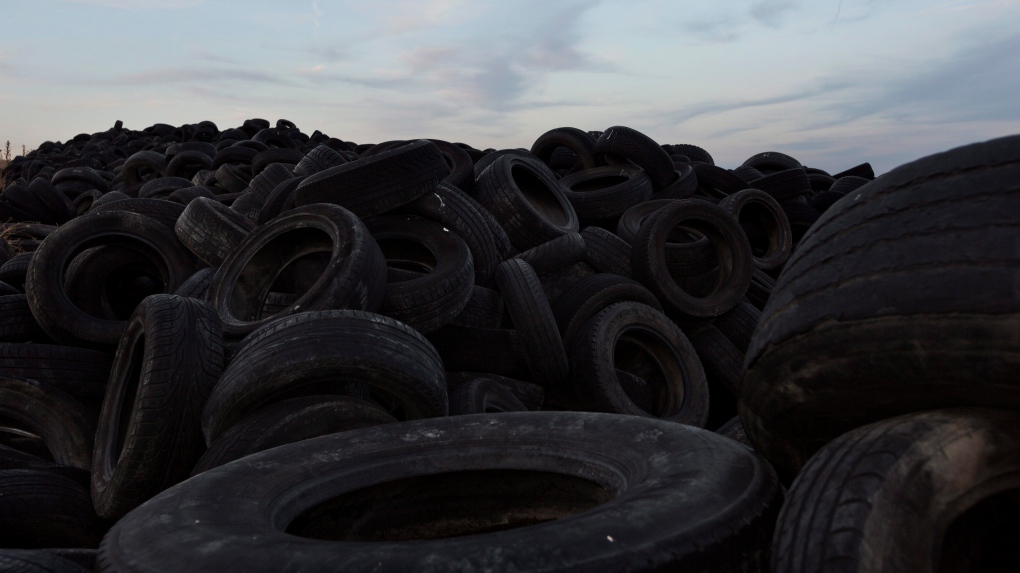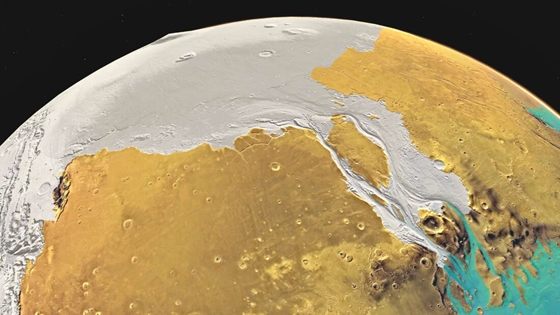[{“available”:true,”c_guid”:”af02767b-cbee-4546-9944-748414ad78d5″,”c_author”:”MTI”,”category”:”vilag”,”description”:”Ahogy Magyarországon, úgy Csehországban is hatalmas szélvihar van, ez okozta az áramkimaradást is. “,”shortLead”:”Ahogy Magyarországon, úgy Csehországban is hatalmas szélvihar van, ez okozta az áramkimaradást is. “,”id”:”20220130_csehorszag_aramszunet_vihar”,”image”:”https://api.hvg.hu/Img/ffdb5e3a-e632-4abc-b367-3d9b3bb5573b/af02767b-cbee-4546-9944-748414ad78d5.jpg”,”index”:0,”item”:”9f577848-870e-4bec-b655-ab502b55f9b4″,”keywords”:null,”link”:”/vilag/20220130_csehorszag_aramszunet_vihar”,”timestamp”:”2022. január. 30. 15:14″,”title”:”Ötvenezer háztartásban ment el az áram Csehországban a vihar miatt”,”trackingCode”:”RELATED”,”c_isbrandchannel”:false,”c_isbrandcontent”:false,”c_isbrandstory”:false,”c_isbrandcontentorbrandstory”:false,”c_isbranded”:false,”c_ishvg360article”:false,”c_partnername”:null,”c_partnerlogo”:”00000000-0000-0000-0000-000000000000″,”c_partnertag”:null},{“available”:true,”c_guid”:”541ddb64-df24-45fe-9696-cc43103d491f”,”c_author”:”hvg.hu”,”category”:”kultura”,”description”:”Így akarja felhívni a figyelmet a klímaváltozásra. “,”shortLead”:”Így akarja felhívni a figyelmet a klímaváltozásra. “,”id”:”20220130_pharrel_williams_2117″,”image”:”https://api.hvg.hu/Img/ffdb5e3a-e632-4abc-b367-3d9b3bb5573b/541ddb64-df24-45fe-9696-cc43103d491f.jpg”,”index”:0,”item”:”9dc218ea-94cf-4e27-8011-42bb642a1cad”,”keywords”:null,”link”:”/kultura/20220130_pharrel_williams_2117″,”timestamp”:”2022. január. 30. 19:40″,”title”:”Pharrel Williams készített egy számot, de 2117-ig nem mutatja meg senkinek”,”trackingCode”:”RELATED”,”c_isbrandchannel”:false,”c_isbrandcontent”:false,”c_isbrandstory”:false,”c_isbrandcontentorbrandstory”:false,”c_isbranded”:false,”c_ishvg360article”:false,”c_partnername”:null,”c_partnerlogo”:”00000000-0000-0000-0000-000000000000″,”c_partnertag”:null},{“available”:true,”c_guid”:”1d84bfe1-738f-4c97-8aa3-c152a7bf9dae”,”c_author”:”hvg.hu”,”category”:”elet”,”description”:”De csak az idén születettek. A Maugli, vagy a Lenin női alakja, a Lenina nem engedélyezett név, bár volt rá igény. Csak tavaly több száz új keresztnevet szerettek volna anyakönyveztetni a szülők.”,”shortLead”:”De csak az idén születettek. A Maugli, vagy a Lenin női alakja, a Lenina nem engedélyezett név, bár volt rá igény. Csak…”,”id”:”20220130_Femke_Mezi_Szotirisz__mar_ilyen_nevet_is_kaphatnak_a_magyar_gyerekek”,”image”:”https://api.hvg.hu/Img/ffdb5e3a-e632-4abc-b367-3d9b3bb5573b/1d84bfe1-738f-4c97-8aa3-c152a7bf9dae.jpg”,”index”:0,”item”:”612142d0-2e2d-415a-ba28-07cd1e08d0f1″,”keywords”:null,”link”:”/elet/20220130_Femke_Mezi_Szotirisz__mar_ilyen_nevet_is_kaphatnak_a_magyar_gyerekek”,”timestamp”:”2022. január. 30. 08:41″,”title”:”Femke, Mézi, Szotirisz – már ilyen nevet is kaphatnak a magyar gyerekek”,”trackingCode”:”RELATED”,”c_isbrandchannel”:false,”c_isbrandcontent”:false,”c_isbrandstory”:false,”c_isbrandcontentorbrandstory”:false,”c_isbranded”:false,”c_ishvg360article”:false,”c_partnername”:null,”c_partnerlogo”:”00000000-0000-0000-0000-000000000000″,”c_partnertag”:null},{“available”:true,”c_guid”:”1f3414a3-f368-4333-adcf-18e25366b332″,”c_author”:”hvg.hu”,”category”:”itthon”,”description”:”Az egy héttel ezelőttihez képest majdnem ezerrel többen vannak kórházban.”,”shortLead”:”Az egy héttel ezelőttihez képest majdnem ezerrel többen vannak kórházban.”,”id”:”20220131_koronavirus_jarvany_fertozes_covid19_halalos_aldozatok_statisztika”,”image”:”https://api.hvg.hu/Img/ffdb5e3a-e632-4abc-b367-3d9b3bb5573b/1f3414a3-f368-4333-adcf-18e25366b332.jpg”,”index”:0,”item”:”a2f1eb97-a670-4a36-94d0-ea4e2600262e”,”keywords”:null,”link”:”/itthon/20220131_koronavirus_jarvany_fertozes_covid19_halalos_aldozatok_statisztika”,”timestamp”:”2022. január. 31. 09:41″,”title”:”Koronavírus: 176 elhunyt, 45 407 új fertőzött három nap alatt”,”trackingCode”:”RELATED”,”c_isbrandchannel”:false,”c_isbrandcontent”:false,”c_isbrandstory”:false,”c_isbrandcontentorbrandstory”:false,”c_isbranded”:false,”c_ishvg360article”:false,”c_partnername”:null,”c_partnerlogo”:”00000000-0000-0000-0000-000000000000″,”c_partnertag”:null},{“available”:true,”c_guid”:”2a2729da-4aae-4ed4-946f-92049f88f92d”,”c_author”:”hvg.hu”,”category”:”itthon”,”description”:”Egyszerre jelentek meg az ügyészek a Miniszterelnökségen, az Emberi Erőforrások Minisztériumában és az Innovációs és Technológiai Minisztériumban is a tavaly novemberi akcióban. Államtitkárokkal és egy tárca nélküli miniszterrel is találkoztak. Volt, ahol hiába kerestek iratokat, másutt viszont kaptak ilyeket.”,”shortLead”:”Egyszerre jelentek meg az ügyészek a Miniszterelnökségen, az Emberi Erőforrások Minisztériumában és az Innovációs és…”,”id”:”20220131_VolnerSchadlugy_hazkutatas_a_miniszteriumokban_emmi_itm_miniszterelnokseg”,”image”:”https://api.hvg.hu/Img/ffdb5e3a-e632-4abc-b367-3d9b3bb5573b/2a2729da-4aae-4ed4-946f-92049f88f92d.jpg”,”index”:0,”item”:”ea081284-d390-4b0d-94f7-36a8d83b44d6″,”keywords”:null,”link”:”/itthon/20220131_VolnerSchadlugy_hazkutatas_a_miniszteriumokban_emmi_itm_miniszterelnokseg”,”timestamp”:”2022. január. 31. 20:39″,”title”:”RTL: Három minisztériumban is volt házkutatás a Völner–Schadl-ügyben”,”trackingCode”:”RELATED”,”c_isbrandchannel”:false,”c_isbrandcontent”:false,”c_isbrandstory”:false,”c_isbrandcontentorbrandstory”:false,”c_isbranded”:false,”c_ishvg360article”:false,”c_partnername”:null,”c_partnerlogo”:”00000000-0000-0000-0000-000000000000″,”c_partnertag”:null},{“available”:true,”c_guid”:”a8ecafdd-2f91-4f5f-98cc-9ec3d3e29e82″,”c_author”:”hvg.hu”,”category”:”elet”,”description”:”Mason Greenwood barátnője az Instagramra töltött fel magáról képeket. A Manchester United egyelőre nem kommunikált konkrétumot az ügyben”,”shortLead”:”Mason Greenwood barátnője az Instagramra töltött fel magáról képeket. A Manchester United egyelőre nem kommunikált…”,”id”:”20220130_mason_greenwood_bantalmazas”,”image”:”https://api.hvg.hu/Img/ffdb5e3a-e632-4abc-b367-3d9b3bb5573b/a8ecafdd-2f91-4f5f-98cc-9ec3d3e29e82.jpg”,”index”:0,”item”:”9b2193a1-c713-4144-852c-d60c2aca535d”,”keywords”:null,”link”:”/elet/20220130_mason_greenwood_bantalmazas”,”timestamp”:”2022. január. 30. 16:08″,”title”:”Véresre verhette barátnőjét a Manchester United játékosa”,”trackingCode”:”RELATED”,”c_isbrandchannel”:false,”c_isbrandcontent”:false,”c_isbrandstory”:false,”c_isbrandcontentorbrandstory”:false,”c_isbranded”:false,”c_ishvg360article”:false,”c_partnername”:null,”c_partnerlogo”:”00000000-0000-0000-0000-000000000000″,”c_partnertag”:null},{“available”:true,”c_guid”:”f5b04141-89a7-4849-a4ee-a6011de603f0″,”c_author”:”hvg.hu”,”category”:”gazdasag”,”description”:”Sokkal okosabban és igazságosabban fogjuk csökkenteni a rezsit, mint a Fidesz – ígéri az ellenzék miniszterelnök-jelöltje, akinek a plakátjain egyébként az is szerepel: “Rezsicsökkentés marad!””,”shortLead”:”Sokkal okosabban és igazságosabban fogjuk csökkenteni a rezsit, mint a Fidesz – ígéri az ellenzék…”,”id”:”20220130_A_panelprogram_a_valodi_rezsicsokkentes__uzeni_MarkiZay_Peter”,”image”:”https://api.hvg.hu/Img/ffdb5e3a-e632-4abc-b367-3d9b3bb5573b/f5b04141-89a7-4849-a4ee-a6011de603f0.jpg”,”index”:0,”item”:”802365a5-09ca-4836-8dd1-1797ed37b145″,”keywords”:null,”link”:”/gazdasag/20220130_A_panelprogram_a_valodi_rezsicsokkentes__uzeni_MarkiZay_Peter”,”timestamp”:”2022. január. 30. 14:30″,”title”:”A panelprogram a valódi rezsicsökkentés – üzeni Márki-Zay Péter, aki egy ózdi panelba látogatott”,”trackingCode”:”RELATED”,”c_isbrandchannel”:false,”c_isbrandcontent”:false,”c_isbrandstory”:false,”c_isbrandcontentorbrandstory”:false,”c_isbranded”:false,”c_ishvg360article”:false,”c_partnername”:null,”c_partnerlogo”:”00000000-0000-0000-0000-000000000000″,”c_partnertag”:null},{“available”:true,”c_guid”:”66d6ed09-fb20-4229-8bcc-ace538ba1bcb”,”c_author”:”Nagy Gábor”,”category”:”360″,”description”:”Kétféle rekordot is hozott a Microsoft vételi ajánlata az Activision Blizzardra: még soha nem adtak ennyit videójáték-fejlesztő cégért, és a redmondi szoftveróriás sem költött ekkora összeget felvásárlásra. Ami ezután következik, az is a pénzről szól majd.”,”shortLead”:”Kétféle rekordot is hozott a Microsoft vételi ajánlata az Activision Blizzardra: még soha nem adtak ennyit…”,”id”:”202204_penz_van_ra”,”image”:”https://api.hvg.hu/Img/ffdb5e3a-e632-4abc-b367-3d9b3bb5573b/66d6ed09-fb20-4229-8bcc-ace538ba1bcb.jpg”,”index”:0,”item”:”94391687-74bb-483a-8c0d-23fe22b412fe”,”keywords”:null,”link”:”/360/202204_penz_van_ra”,”timestamp”:”2022. január. 31. 17:00″,”title”:”A Microsoft most megmutatja, hogy már rég nem csak játék a játék”,”trackingCode”:”RELATED”,”c_isbrandchannel”:false,”c_isbrandcontent”:false,”c_isbrandstory”:false,”c_isbrandcontentorbrandstory”:false,”c_isbranded”:false,”c_ishvg360article”:true,”c_partnername”:null,”c_partnerlogo”:”00000000-0000-0000-0000-000000000000″,”c_partnertag”:null}]


Order HVG weekly on paper or digital and read us anywhere, anytime!
That’s why we ask you, our readers, to support us! We promise to continue to give you the best we can!
Recommended from the first page
























![Does the Nintendo Switch 2 not even reach Steam Deck's performance? [VIDEO]](https://thegeek.hu/wp-content/uploads/sites/2/2023/06/thegeek-nintendo-switch-2-unofficial.jpg)



















